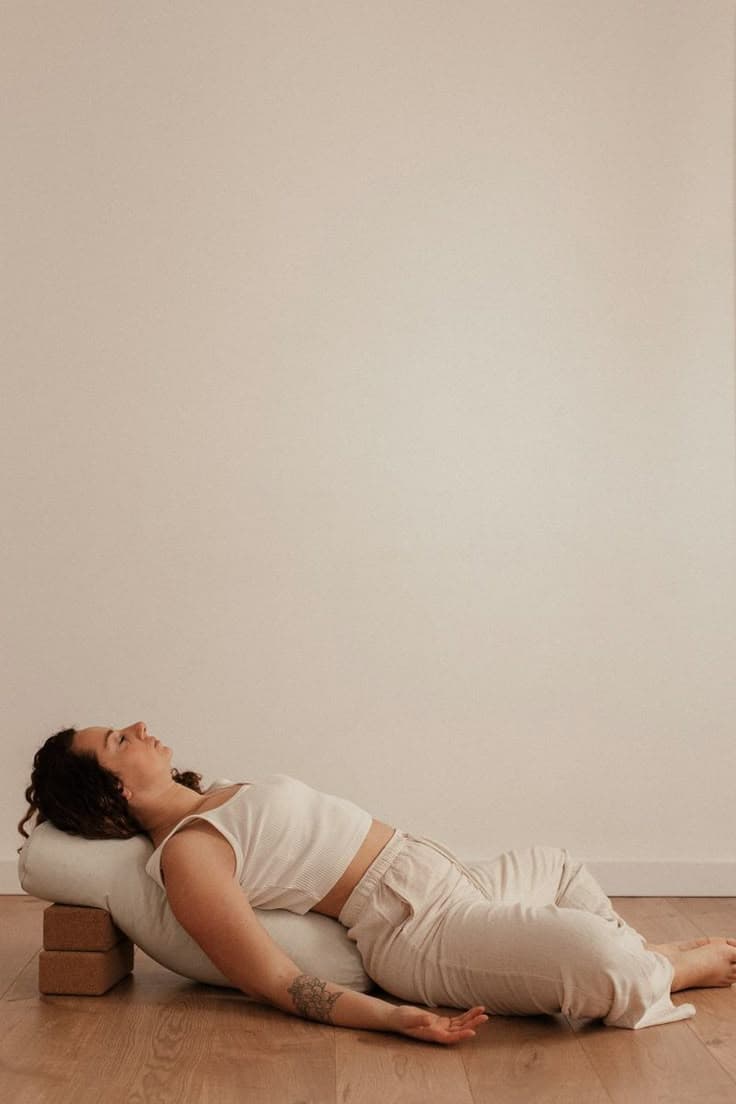
Your gentle fitness recovery guide for endometriosis
5 sources
Listen to this article
We've all been there. You finally find the motivation to work out, push through that gentle yoga session or refreshing walk, and then BAM. Your endometriosis symptoms flare up worse than before. It feels so unfair, right?
Here's the thing: your body isn't betraying you. Exercise actually helps reduce inflammation and pelvic pain over time, but women with endometriosis need a specialized recovery approach to reap those benefits without triggering flares.
Why your recovery needs extra TLC
Your endometriosis means your body is already dealing with chronic inflammation. When you exercise, even gentle movement can temporarily increase inflammatory markers, potentially triggering that familiar cascade of cramping and fatigue. But here's the good news: the right recovery protocol can help you break this cycle.
Research shows that consistent, moderate exercise significantly reduces pelvic pain and improves quality of life for women with endometriosis. The key is giving your body the soothing, healing support it needs afterward.
Your anti-inflammatory recovery toolkit
Water-based activities like swimming or water walking are incredibly gentle on inflamed tissues while still providing those mood-boosting endorphins. The buoyancy reduces joint stress, making recovery smoother.
Focus on restorative practices post-workout. Gentle stretching, especially targeting your pelvic floor and hip flexors, helps release muscle guarding (that protective tension your body creates around painful areas). Think child's pose, gentle cat-cow stretches, or supported pigeon pose.
Prioritize rest and comfort immediately after exercise. Your body is working overtime to manage inflammation, so give it permission to recover fully.
Your action steps for pain-free fitness
Start with 10-15 minutes of gentle movement like walking or restorative yoga, then gradually increase as your body adapts.
Schedule workouts when you have time for proper recovery. Rushing back into activities can extend inflammation.
Create a post-workout ritual: warm bath with Epsom salts, gentle stretching, and hydrating with anti-inflammatory foods like tart cherry juice or turmeric tea.
Track your symptoms to identify which activities and recovery methods work best for your unique body.
Listen to your body's wisdom. Some days call for gentle stretching, others for complete rest. Both choices are perfectly valid and healing.



